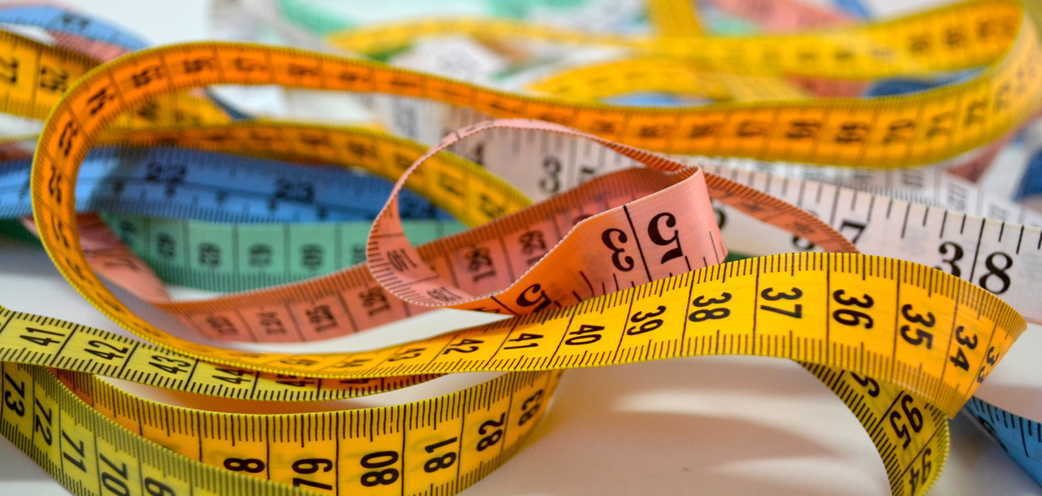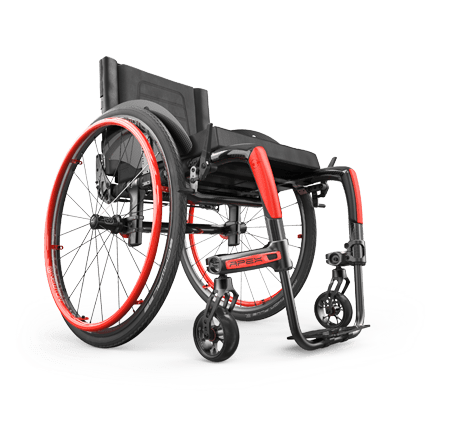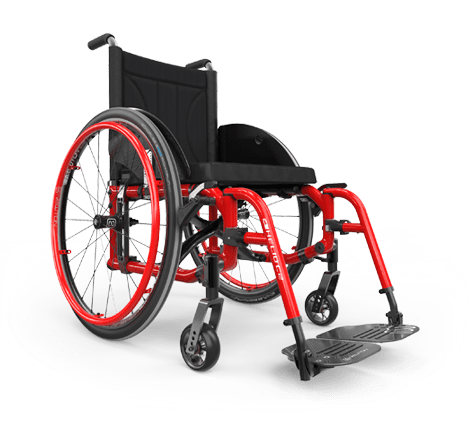The benefits of adjustability typically have a cost trade-off. If you’re someone looking for a wheelchair, or you’re a therapist prescribing chairs, you’re probably asking yourself – what are the benefits of adjustability and are they worth the trade-offs? This blog will explore the topic.
To begin with, let’s explore which wheelchair aspects can be customized on assembly. You might be surprised to know that there are over a dozen wheelchair parameters that can be altered:
- Seat depth – the length of the seat from front to back
- Rear seat to floor height – the distance from the back of the upholstery to the floor
- Back angle – the angle of the backrest of the chair
- Weight capacity – adjustments to the structure to accommodate more client weight
- Seat Width – the distance from one side of the seat to the other
- Back height – the length of the backrest
- Wheel camber – the angle of the wheels inward
- Overall width – the distance from one side of chair to the other
- Front seat to floor – the distance from the front of the upholstery to the floor
- Footrest angle – the angle of the footrest
- Center of gravity – adjusting the chair center with the wheels
- Armrest height – the position of the armrests in relation to the chair height

The benefits of a custom-made wheelchair
So now that we know which wheelchair elements can be modified, let’s explore why you might want to modify them.
If you’re ever sat in a vehicle for long periods of time, you know that small issues with the car seat adjustment can cause significant back issues and muscle cramping in the neck, shoulders, legs and lower torso. The same holds true for wheelchair users and these problems are exacerbated by the fact that, in many cases, stretching can be difficult or impossible. Wheelchair users also spend much more time in their chair as a general rule. Small issues with fit can cause potential health problems to be exacerbated over time. The user may experience persistent and worsening health issues and may be unaware that the root cause is the wheelchair.
Many of our users have described significant and noticeable improvements to their health moving from a one-size fits all chair to a fully custom-fit Motion Composites chair. These benefits can include increased independence and decreased fatigue, returning to activities they previously were not able to. Other benefits can include decreased upper extremity pain or injury resulting from proper set-up for improved mechanical advantage of propulsion. A manual wheelchair with proper user fit, allowing proper positioning and propulsion technique translates into general overall satisfaction with equipment.
Making the switch to a fully customized, ultra-light wheelchair may cost more, however the benefits are clear. There are few items that are as vital and important to someone that is disabled than a wheelchair that will help them to be comfortable and aid in the rehabilitation process as much as possible.
All of Motion Composites chairs are built-to-order and there is a wide range of different models to choose from at various price points. Every chair is built with extreme attention to detail and with the end user’s comfort, mobility and rehabilitation needs in mind.








